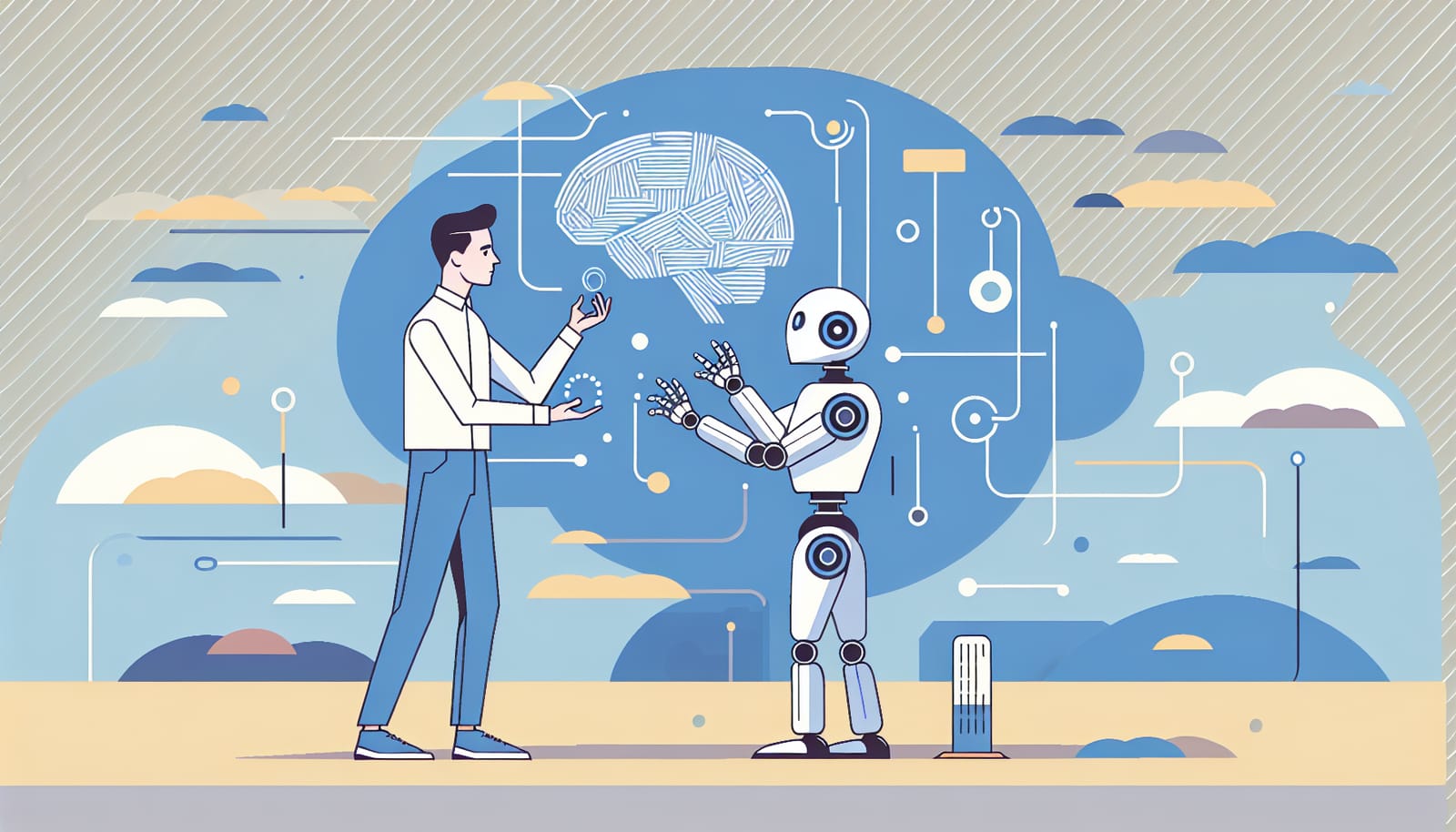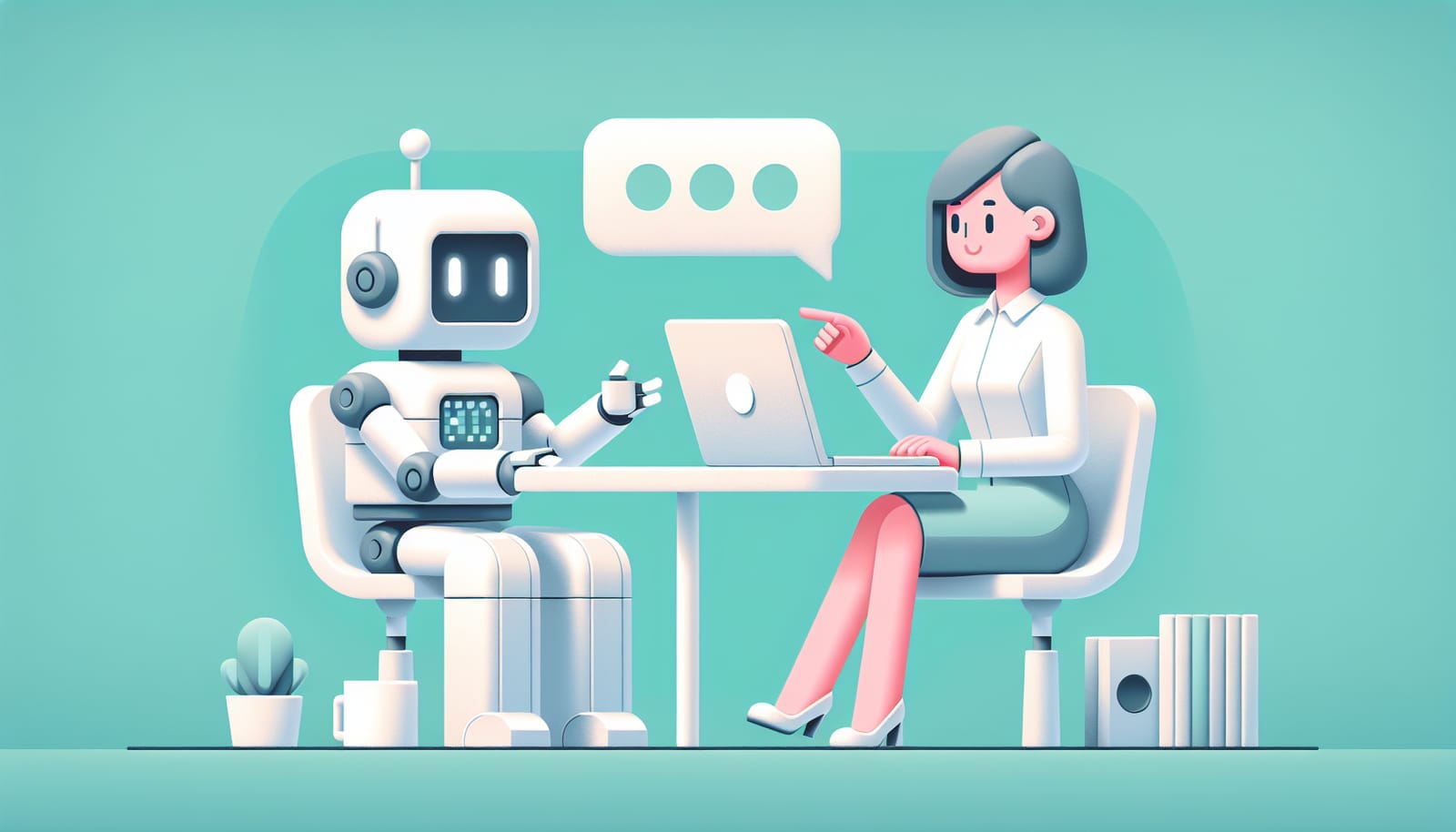Artificial Intelligence (AI) and robotics are terms that often get confused in our tech-savvy world. Many people think they are the same thing, but the truth is more nuanced. In this article, we'll explore the fascinating relationship between AI and robots, helping you understand their differences, similarities, and how they coexist in our rapidly evolving technological landscape.
What Is AI?
Artificial Intelligence refers to the ability of machines or software to perform tasks that typically require human intelligence. This includes things like understanding language, recognizing patterns, solving problems, and even learning from experience. AI can be found in various applications, from the voice assistants on our phones to recommendation algorithms that suggest what movie to watch next.
AI can be categorized into two main types: narrow AI and general AI. Narrow AI is designed for specific tasks, like playing chess or diagnosing medical conditions. General AI, on the other hand, is a theoretical concept where machines would possess the ability to understand, learn, and apply intelligence in a way similar to human beings. However, we have yet to achieve this level of AI.
What Are Robots?
Robots are machines designed to carry out specific tasks automatically. They can be programmed to perform repetitive actions, like assembling products in a factory, or they can be designed for more complex interactions, like vacuuming floors or delivering packages. Robots can be simple, like a robotic arm on a production line, or highly advanced, like humanoid robots that can walk, talk, and even express emotions.
The key point to remember is that robots are physical entities—they exist in the real world, often taking on forms that mimic human or animal characteristics. They can be equipped with various sensors, cameras, and other technologies that allow them to navigate their environments and interact with objects or people.
How Do AI and Robots Work Together?
While AI and robots are distinct concepts, they can work together to create powerful systems. Imagine a robot equipped with AI: this robot can make decisions based on the information it receives from its environment. For example, a self-driving car uses AI to interpret data from cameras and sensors, allowing it to navigate safely without human intervention.
In this way, AI serves as the "brain" of the robot, enabling it to learn from past experiences and improve its performance over time. This combination allows robots to perform tasks that require a level of adaptability and intelligence that simple programming alone cannot achieve.
Key Differences Between AI and Robots
Understanding the differences between AI and robots can help clarify their relationship. Here are some of the key distinctions:
Physical vs. Virtual: Robots are physical entities that exist in the real world, while AI is a virtual concept that can exist as software. A robot may have AI capabilities, but not all robots are AI-driven.
Functionality: Robots are designed to perform specific tasks, often related to physical labor or automation. AI, on the other hand, is focused on mimicking human thought processes and can be applied to a wide variety of tasks, including those not related to physical actions.
Autonomy: Robots can operate independently or be controlled by humans, while AI systems can learn and adapt autonomously without human input. Not all robots are autonomous, and many require human oversight.
Complexity: AI can be complex and sophisticated, involving advanced algorithms and data processing. Robots can range from simple machines to highly complex systems, but they are primarily focused on executing specific tasks.
The Future of AI and Robotics
As technology continues to advance, the future of AI and robotics looks incredibly promising. We are already seeing the integration of these technologies in various fields, including healthcare, manufacturing, and even space exploration. For instance, surgical robots equipped with AI can assist doctors in performing complex surgeries with precision.
Moreover, the combination of AI and robotics can lead to greater efficiencies and innovations. Imagine robots that can learn and adapt to their environments, reducing the need for human intervention and allowing for more complex tasks to be automated. This could revolutionize industries and change the way we live and work.
Real-World Examples of AI and Robots
To further illustrate the relationship between AI and robots, let’s look at some real-world examples:
Industrial Robots: Many factories use robots to assemble products on assembly lines. While these robots might be programmed for specific tasks, integrating AI can help them learn from their environment, making them more efficient and adaptable.
Service Robots: Delivery drones and autonomous vacuum cleaners use AI to navigate their surroundings. These robots can learn how to avoid obstacles and optimize their routes, showcasing how AI enhances their functionality.
Humanoid Robots: Advanced humanoid robots, like Sophia, are designed to interact with humans. They use AI to recognize faces, understand speech, and even engage in conversation, making them appear more lifelike and relatable.
In each of these examples, the collaboration between AI and robotic systems leads to innovations that can improve efficiency, safety, and user experiences.
Conclusion: Embracing the Future of AI and Robotics
In conclusion, while robots and AI are not the same, they are closely related and often work together to create innovative solutions that can enhance our lives. Understanding the differences and similarities between the two can help demystify these technologies and inspire curiosity about their potential.
As we continue to explore the possibilities of AI and robotics, it's essential to embrace these advancements positively. They have the power to transform industries, improve our daily lives, and even tackle some of the world's most pressing challenges. So, whether you’re a child curious about technology or an adult looking to learn more, remember that the world of AI and robotics is full of exciting possibilities!
With this knowledge, you can now engage in conversations about AI and robotics, appreciate their unique roles, and perhaps even dream about how these technologies will shape our future. The journey has just begun, and the possibilities are limitless!


